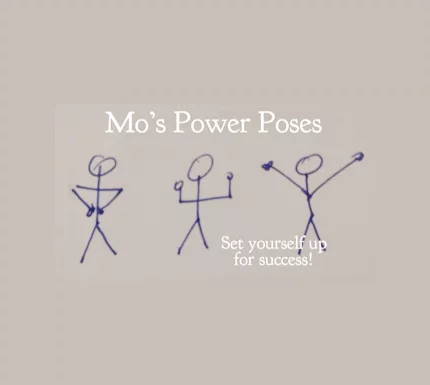A New Lens on Group Fitness—Group Therapy Prescription for Health

Would it surprise you to learn that exercising in a group setting can lower participant stress levels by an average of 26 percent compared to those who exercise on their own. Those in the business of managing fitness programs already know the value that group fitness brings to their club business however what they may not realize is that group fitness may provide even more positive effects for exercisers who experience high stress and anxiety levels. New research conducted on medical students at the University Of New England College Of Osteopathic Medicine supports the finding that group settings for exercise are better when it comes to the psychological and emotional aspects of working out (an unassuming benefit of exercise). A small group of medical students known for experiencing high levels of stress and anxiety and a self-reported low quality of life, were asked to join either a 12 week exercise program, either in a group setting or on their own. The results of this non-randomized study were published in The Journal of the American Osteopathic Association, reporting positive implications for anyone with extra stress and anxiety in their lives. Students rated their levels of stress and quality of life across three categories: physical, mental and emotional. While those who exercised on their own, spent more time working out on average, they reported no significant change in stress levels and only a minimal improvement (11 percent) in mental quality of life, as compared to their group exercise counterparts. Those students who chose to work out in a group reported a 12.6 percent increase in mental health, a 24.8 percent increase in physical health and a 26 percent increase in emotional health. These findings not only support other research on the benefits of exercising in a group, it certainly will boost our confidence as leaders and business operators, that group exercise is beneficial for those solo exercisers who have difficulty staying motivated to exercise. Consider it group therapy if you like. I would even go as far as suggesting that group exercise be a prescription for health for many more of our members, not only those who naturally seek out the social camaraderie associated with group fitness but also those members who are looking for ways to better manage their stress and emotional quality of life. As a side note, the author of this study did state that “these findings should not be a condemnation of individual exercise” but rather “as an addition to one’s exercise regime as a solution to improving the well-being of medical students and physicians”. It is my passion to create MO’tion, and keep our industry moving forward in a direction that supports and serves more people. Moving our minds, with new insight like this, is just as important as moving our bodies with new innovation in programming.


















 Helps to ground you physically at the same time focuses the mind on a single focal point. This pose helps to physically release tightness around the hips and shoulders.
Helps to ground you physically at the same time focuses the mind on a single focal point. This pose helps to physically release tightness around the hips and shoulders.  Helps to quiet a busy mind and bring about a feeling of calmness and letting go, while at the same time releasing tightness in the back, hips, and legs.
Helps to quiet a busy mind and bring about a feeling of calmness and letting go, while at the same time releasing tightness in the back, hips, and legs.
 This flowing yoga vinyasa brings a gentle massage to the spine and abdominal organs and helps to calm the mind, relieve stress and tension in the back and bring back a sense of emotional balance.
This flowing yoga vinyasa brings a gentle massage to the spine and abdominal organs and helps to calm the mind, relieve stress and tension in the back and bring back a sense of emotional balance. Helps to bring your body back into alignment by stretching the calf, feet, and toes and lengthening (realign) the spine and provide the perfect pose to bring attention to your breathing.
Helps to bring your body back into alignment by stretching the calf, feet, and toes and lengthening (realign) the spine and provide the perfect pose to bring attention to your breathing.  This pose stimulates the heart, diaphragm, and abdominal organs and stretches the tight muscles around the shoulder and chest; is a great pose to help you feel stronger and more grounded.
This pose stimulates the heart, diaphragm, and abdominal organs and stretches the tight muscles around the shoulder and chest; is a great pose to help you feel stronger and more grounded.  Helps to improve circulation and energize the entire body while improving focus and concentration.
Helps to improve circulation and energize the entire body while improving focus and concentration. 
